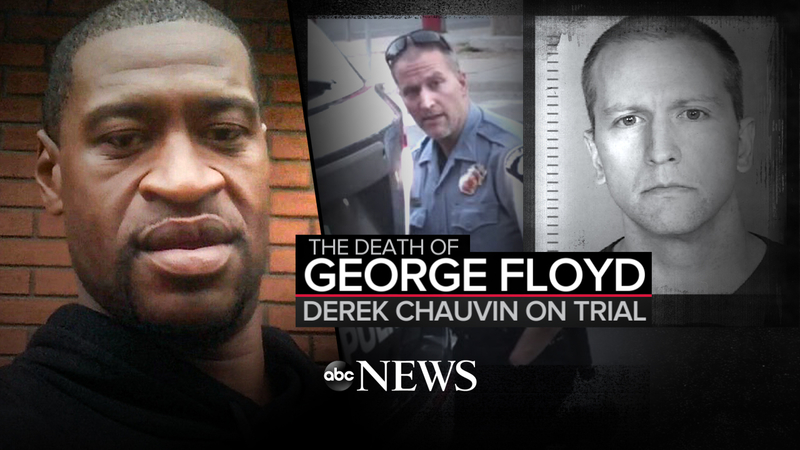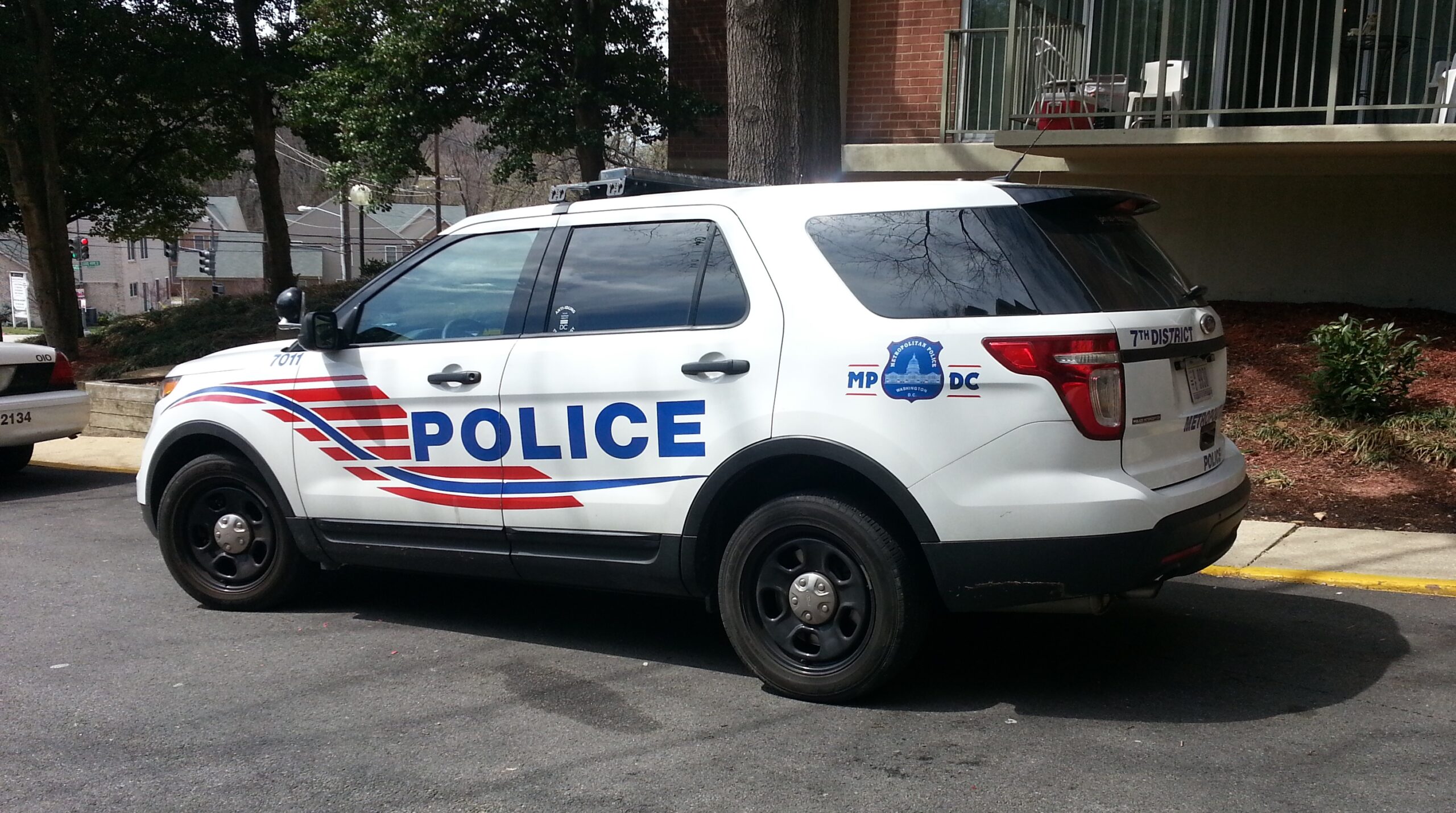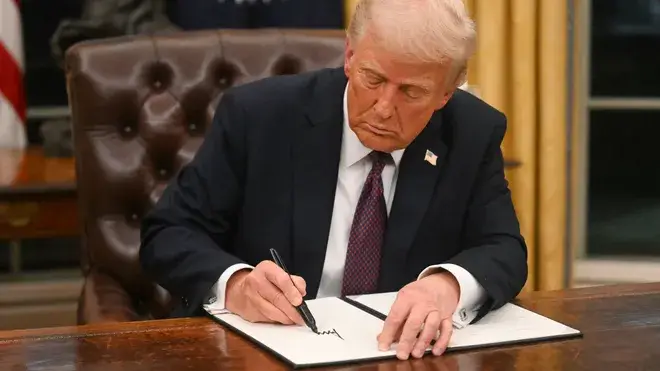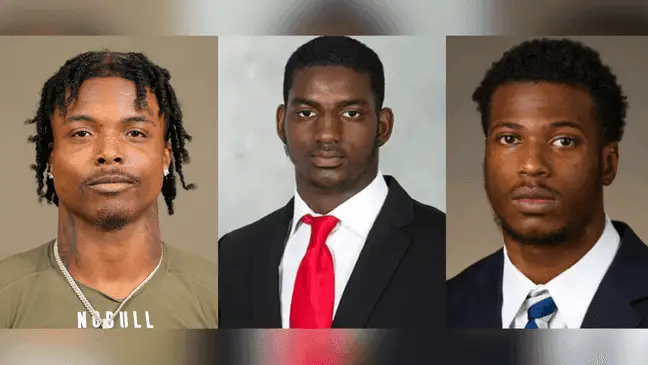
The George Floyd Trail Continues With Opening Statements
Derek Chauvin is being charged with 2nd and 3rd-degree murder and 2nd-degree manslaughter of George Floyd. Prosecutor Jerry Blackwell and Defense Attorney Eric Nelson delivered opening statements.
Blackwell mentioned there was no need for useful force in this case. The jury will see Floyd did not die by the drugs in his system, but by the compression of Chauvin’s knee on his neck.
“The evidence is going to show you that there was no case in the first place to use lethal force against the man who was defenseless, who was handcuffed, who was not resistant,” Blackwell said.
Nelson stated Chauvin was doing what he was trained to do over his 19-year career.
“The use of force is not attractive, but it is a necessary component of policing,” Nelson said.
The prosecutor stated, according to the medical examiner, Dr. Andrew Baker, Forensic pathologist Dr. Lindsey Thomas, and the press release report; the cause of death was cardiopulmonary arrest complicating law enforcement subdued, restraint, and neck compression. The injuries Floyd presented was a cardiopulmonary arrest while being restrained by a law enforcement officer(s). There are five manners of death when an injury or disease leads to death; natural causes, accident, suicide, homicide, and undetermined. Dr. Baker ruled the cause of death a homicide, which Blackwell mentioned is to die by the hands of another. This was the cause of Floyd’s death.
“Now I want to talk with you a second about the evidence on causation. The medical causation in terms of what was happening to Mr. Floyd while he was there on the ground. And if I had to give this part of the evidence then you’re going to see, you can believe with your eyes that it’s a homicide. It’s murder,” Blackwell said.
However, the defense makes the case; Floyd died of cardiopulmonary arrest, fentanyl, and other drugs found in his system, along with his untreated heart condition and not Chauvin.
The medical examiner found no evidence of a fatal heart event or heart attack to show a cause of death. Floyd, however, did have a partially clogged artery in his heart, but there was no damage to it. The evidence will show the cause of death was oxygen decencies and damages to his shoulders and nose as Floyd fought for his life, but Chauvin pressed his knee against Floyd’s neck.
“Mr. Floyd did not die an instant death. He died one breath at a time over an extended period of time,” said Blackwell.
Blackwell played all of the 9 minutes and 29 seconds from the time Floyd was placed on the ground in the prone position while Chauvin had his knee placed on Floyd’s neck until the paramedics appeared on the scene, but by then according to the video and witnesses on the scene, Floyd was not responsive. Multiple experts will be placed on the stand to testimony the case of death.
“Putting a man in the prone position with handcuffs behind his back, somebody on his neck and back, pressing down on him for 9 minutes and 29 seconds is enough to take a life,” Blackwell said.
Floyd did struggle with opioid addiction for years, but as Blackwell mentioned over and over again, he did not die from an overdose. He compared Floyd’s reactions to a person who would die of an overdose. Floyd did not appear to be dead on the scene as a person who has overdosed, but instead, Floyd was alive within the 9 minutes and 29 seconds, fighting to breathe.
Nelson opens his statement of defense with reason and common sense.
“Reasonable doubt is a doubt that is based upon reason and common sense. At the end of this case, we are going to spend a lot of time talking about doubt,” Nelson said.
Nelson brings into evidence how reason and common sense apply to the case. He addresses the court stating, it was Chauvin’s reasoning that caused him to act the way he did.
Nelson asked the questions, “What would a reasonable police officer do? What is a reasonable use of force? What would a reasonable person do in his or her most important affairs? What is reasonable doubt?”
He says there are two sides to every story, which is common sense. However, the only party we see to tell both sides is Chauvin. He argues Chauvin’s common sense caused him to use sound judgment to react in a reasonable manner to do what he was trained to do.
Minnesota Bureau of Criminal Apprehension (BCA) hired about 50 case agents, analysis, and technicians to investigate this case. The Federal Bureau of Investigation (FBI) included no more than 28 additional agents. Each agent went to the extent to gather as much information on the incident surrounding the May 25, 2020 events. They interviewed over 50 members of the Minnesota Police Department (MPD), including officers who responded to the scene, members of the MPD command staff, officers who oversee training and policy-making decisions within the MPD.
“They interviewed nearly 200 civilian witnesses in this case. Some of these witnesses saw the entire incident, some who saw a portion of the incident, many who saw nothing, and some who had some piece of information to give to the officers, and others who had nothing,” Nelson said.
They also interviewed firefighters and paramedics who responded to the scene. Nelson suggested the jury use common sense and reason to help guide them to analyze and organize the evidence presented in court. There were close to 400 witnesses assigned to this case. Each witness had a part in the four different locations, which Nelson mentioned as Cup Foods, the Mercedes-Benz, Squad 320, and Hennepin County Medical Center. Floyd was at each of these locations.
As seen in the video presented in court, Nelson argued the officers had to move their attention from Floyd to the crowd who were shouting and becoming a threat.
“There’s more to the scene than what the officers see in front of them. There are people behind them, there are people across the street, there are cars stopping, people yelling, there is a growing crowd, and what officers preserve to be a threat,” Nelson said.
The actions of the surrounding crowd caused the officers to divert their attention from Floyd to focus on what appeared to be another threat arising. Here is when the officers had to decide to use access force, which Nelson leaves for the jury to decide.











